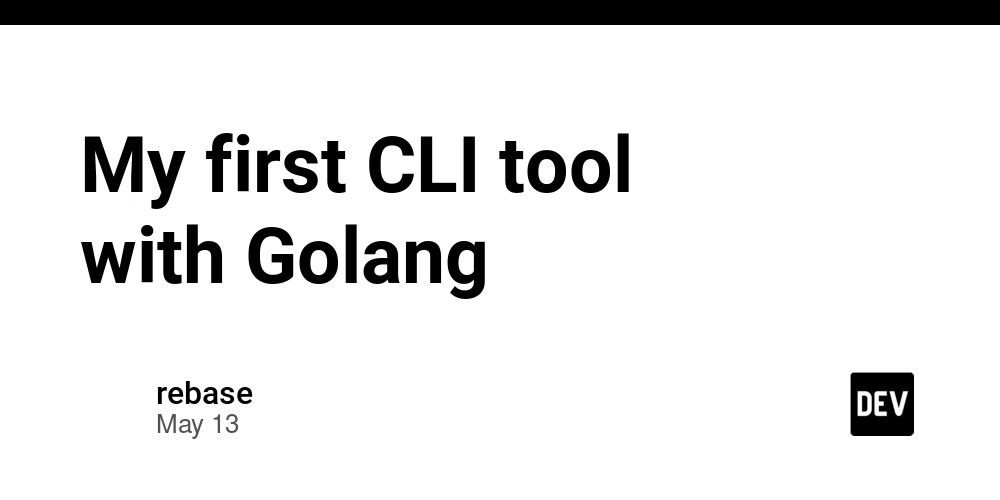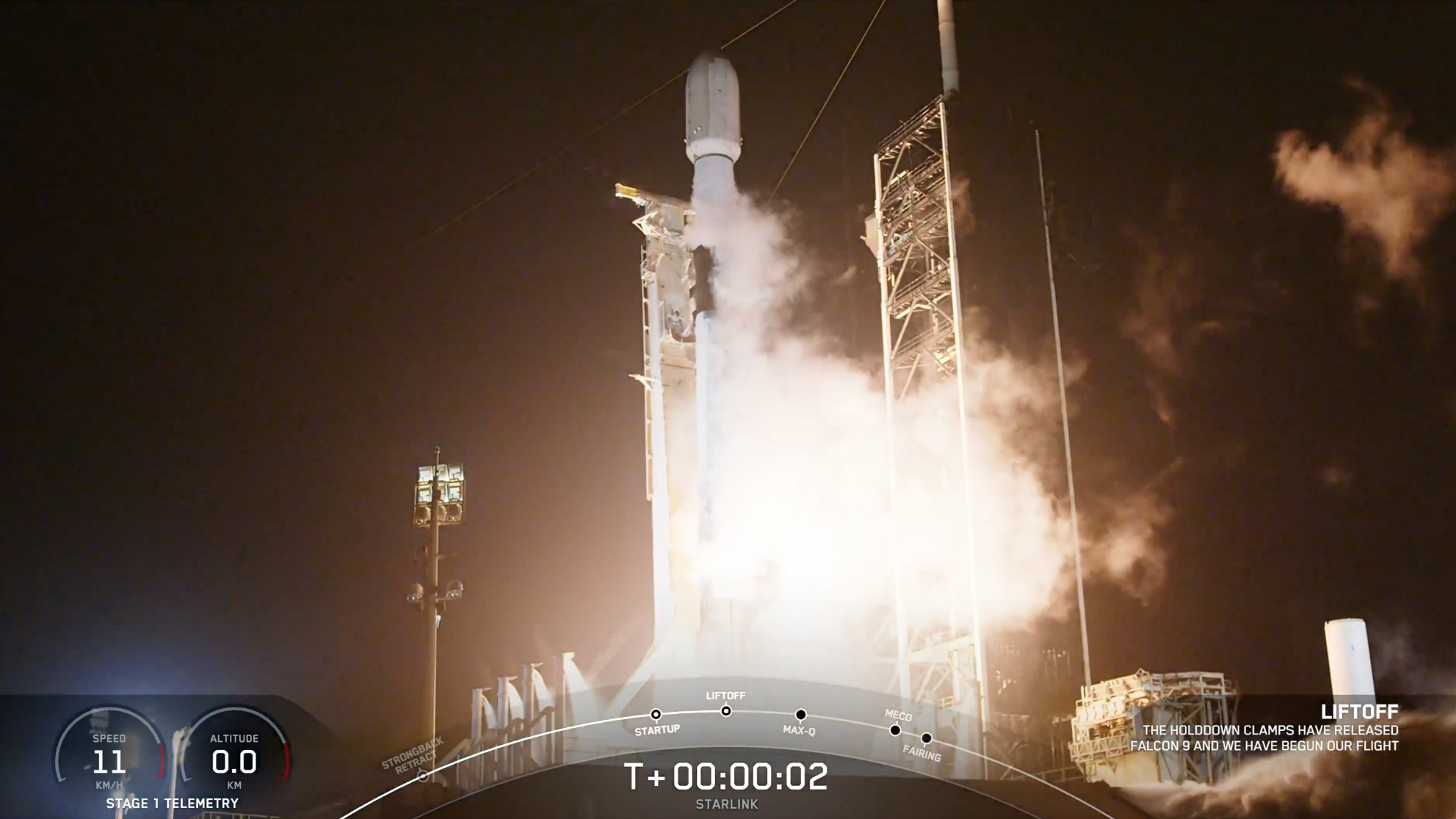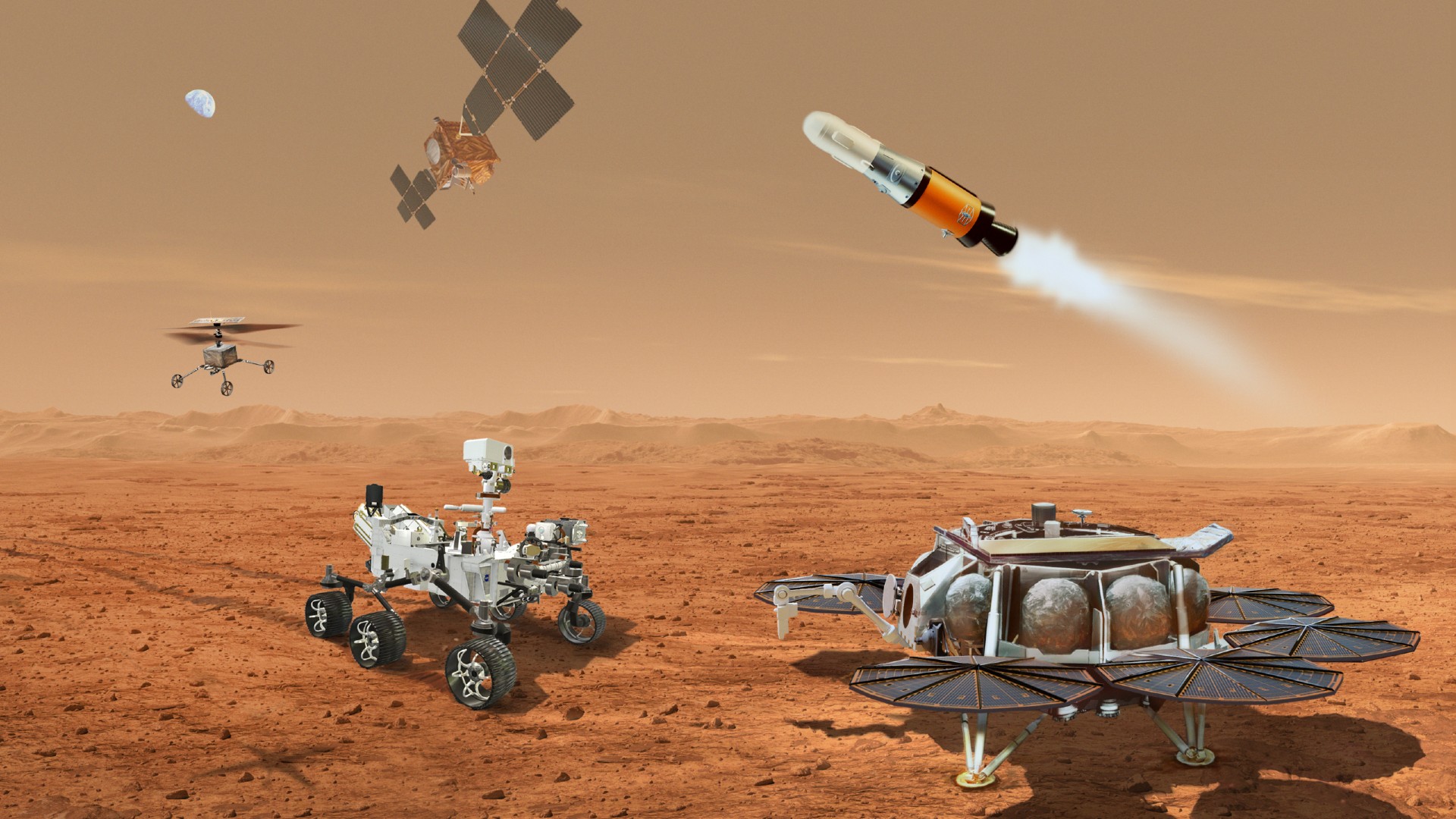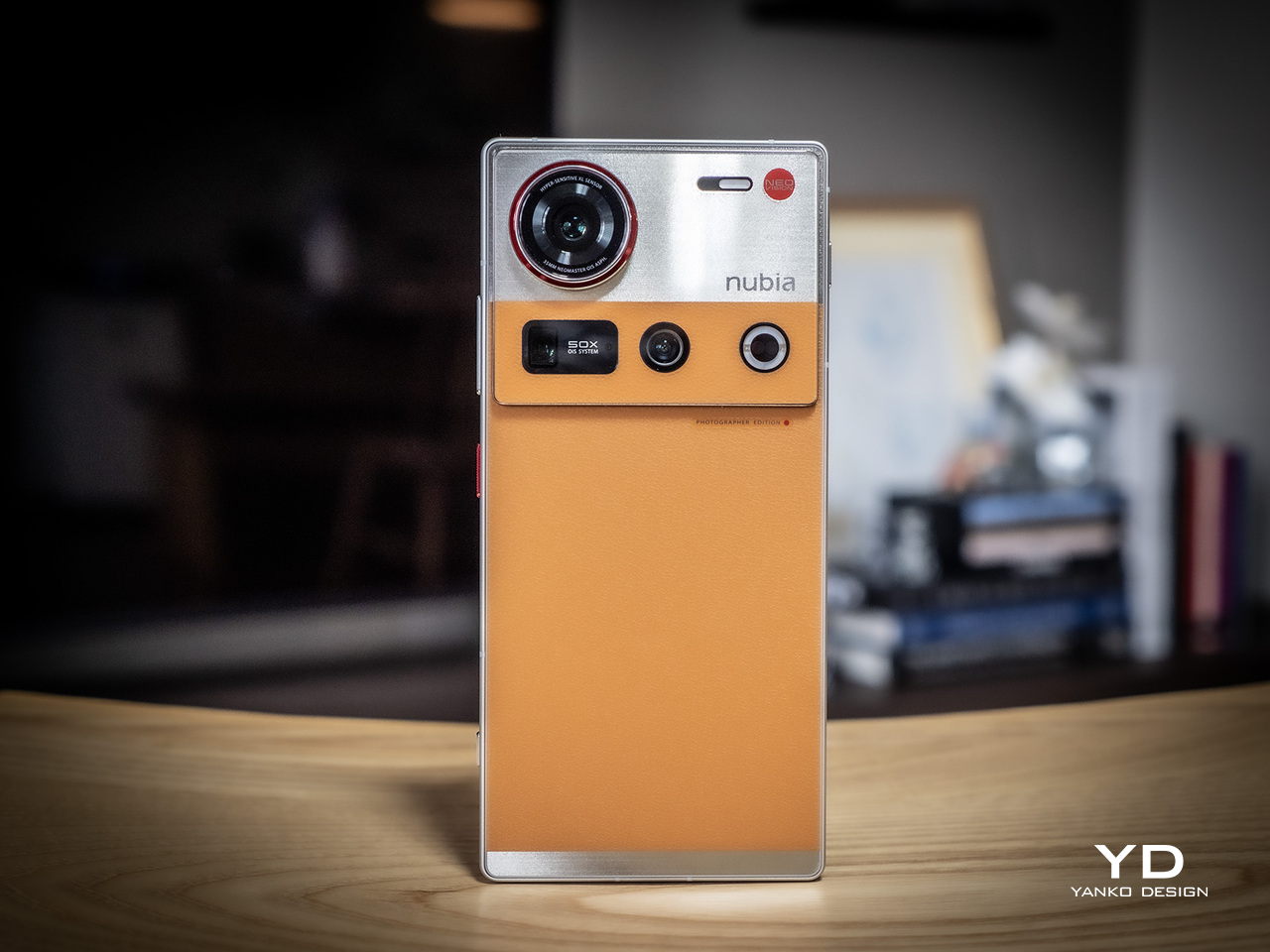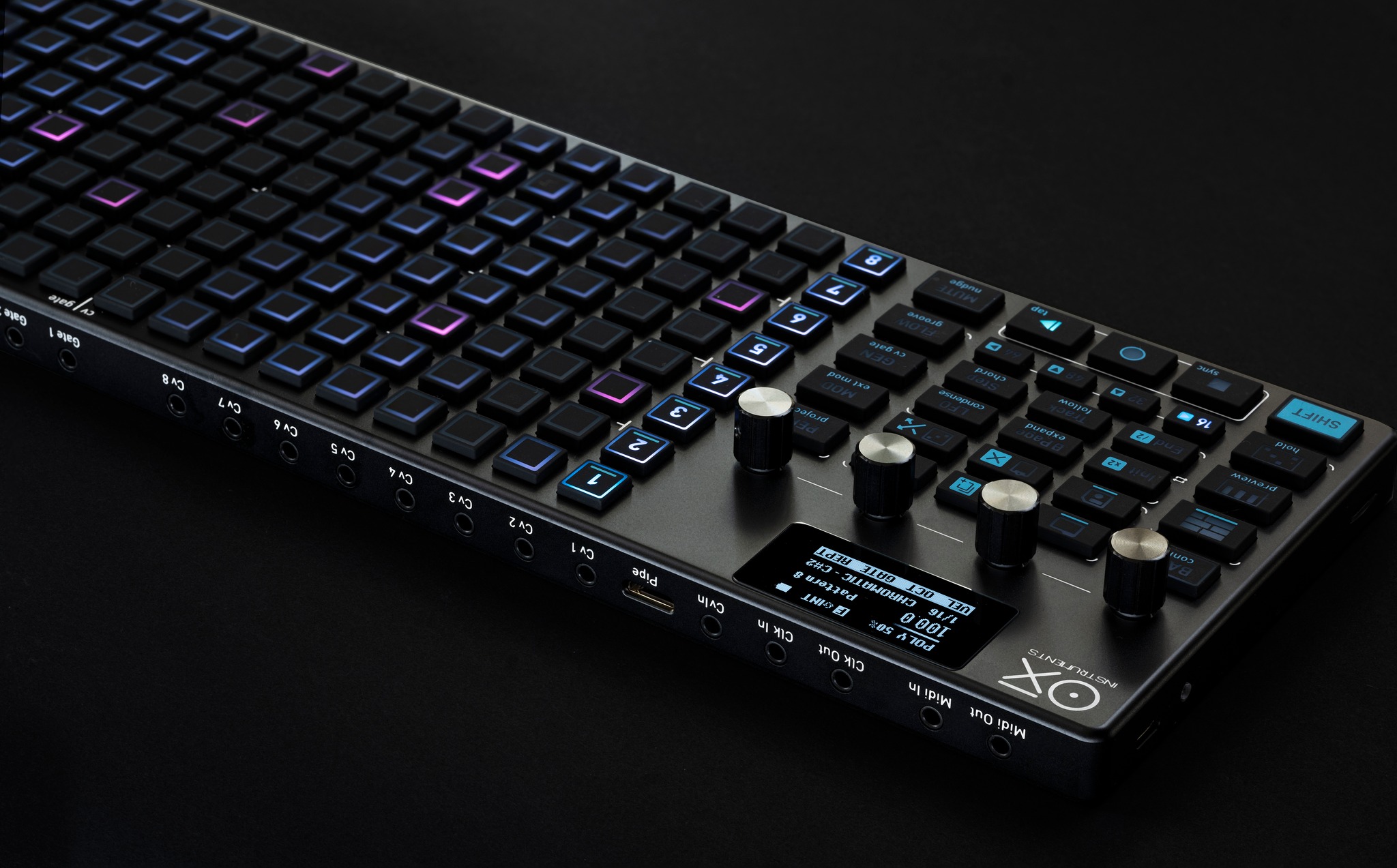Best Cloud-Based Platforms for 3D Animation Collaboration

In the dynamic world of animation, cloud-based platforms are revolutionizing the way teams collaborate, create, and share 3D content. Whether you're an animation studio, a freelance artist, or a business looking to get started with 3D animation video production, cloud collaboration offers unparalleled flexibility and efficiency.
From 3d product animation services to medical animation services, the demand for real-time, multi-user collaboration is rapidly increasing. Cloud-based platforms allow artists, animators, and stakeholders to work together seamlessly regardless of location, ensuring faster turnaround times and enhanced productivity.
In this blog, we'll explore the best cloud-based platforms that support collaborative 3D animation workflows and help you make informed decisions for your creative and technical needs. Along the way, we’ll also highlight how these tools support various industries, from forensic animations to healthcare and e-commerce.
Why Use Cloud-Based Platforms for 3D Animation?
Before diving into the top platforms, it's essential to understand why cloud-based solutions are becoming the standard for modern animation studios and teams:
-
Real-time collaboration across different locations
-
Version control and asset management
-
High-performance rendering without expensive hardware
-
Scalability for small teams and large enterprises
-
Security with backup and user access management
For anyone looking to get started with 3D animation video production, cloud platforms eliminate many of the hardware and software barriers traditionally associated with animation.
1. Autodesk Maya with ShotGrid
Best for: Professional studios, 3d product animation services, and large-scale productions
Autodesk Maya is a well-known powerhouse in the 3D animation world. Combined with ShotGrid (formerly Shotgun), it offers a comprehensive cloud-based production tracking tool that enables collaborative workflows for large teams.
Key Features:
-
Task and asset tracking in real time
-
Integration with Maya, 3ds Max, and other Autodesk tools
-
Centralized project dashboard for review and feedback
-
Supports forensic animations requiring legal and procedural accuracy
Pros:
-
Great for managing complex projects
-
Robust security and data management
-
Customizable API for tailored studio needs
Cons:
-
Steeper learning curve
-
Pricing can be high for small teams
2. Blender with Flamory or Dropbox Integration
Best for: Indie creators and freelancers entering 3D animation
Blender is a free, open-source 3D creation suite with a thriving community. While it doesn't offer native cloud collaboration, it integrates well with tools like Dropbox, Google Drive, and Flamory, allowing users to share assets and collaborate asynchronously.
Key Features:
-
Full pipeline: modeling, rigging, animation, simulation, and rendering
-
Excellent for 3D Animation GIF Creation Tools
-
Plug-ins and Python scripting for customization
Pros:
-
Completely free and open-source
-
Ideal for beginners wanting to get started with 3D animation video production
-
Lightweight and works on modest hardware
Cons:
-
No built-in real-time collaboration
-
Requires manual version control and syncing
3. Unity Cloud
Best for: Interactive 3D experiences and mobile animations
Unity is a game engine but is widely used in animation, especially for interactive and immersive content. With Unity Cloud, teams can collaborate on projects through shared assets, version control, and cloud-based build automation.
Key Features:
-
Real-time 3D animation rendering
-
Integrated version control with Plastic SCM
-
Cloud Build for automated deployment
-
Ideal for creating educational medical animation services applications
Pros:
-
Real-time previews and rendering
-
Perfect for AR/VR projects
-
Collaborative tools built for multi-user teams
Cons:
-
Not primarily built for film-quality animations
-
May require programming knowledge
4. Adobe After Effects with Frame.io
Best for: Motion graphics and short 3D animations
While After Effects isn't a full 3D suite, it's commonly used for post-production and motion design. Integrated with Frame.io, it allows for seamless collaboration in cloud environments. You can upload, share, review, and comment on videos in real time.
Key Features:
-
Cloud video review and approval system
-
Syncs directly with After Effects timelines
-
Efficient workflow for 3D Animation GIF Creation Tools
Pros:
-
Widely used in commercial animation
-
Great UI/UX for reviewers and clients
-
Simple integration with Adobe Creative Cloud
Cons:
-
Not a standalone 3D tool
-
Requires other 3D software for modeling and rendering
5. ZBrush and ZBrushCoreMini with Dropbox
Best for: Character sculpting and asset development
ZBrush is an industry standard for digital sculpting. While not inherently collaborative, users frequently pair it with Dropbox or Google Drive to manage versioning and cloud asset sharing across teams.
Use Cases:
-
High-detail character design
-
Suitable for medical animation services where anatomical accuracy is critical
-
Asset creation for use in forensic animations
Pros:
-
Powerful sculpting and texturing tools
-
Compatible with other 3D suites like Maya and Blender
-
Ideal for intricate detailing
Cons:
-
Lacks native cloud features
-
Requires supplementary tools for collaboration
6. Ftrack Studio
Best for: Project and team management in animation studios
Ftrack Studio is a collaborative cloud platform designed for creative teams working on 3D animation projects. It provides efficient task management, team collaboration, and review tools for production pipelines.
Key Features:
-
Review and approval workflows
-
Timeline tracking and milestone mapping
-
Integration with Maya, Cinema 4D, Nuke, and more
-
Excellent for managing forensic animations requiring regulatory precision
Pros:
-
Comprehensive production tracking
-
Scalable from small to enterprise teams
-
Cloud-based with customizable dashboards
Cons:
-
Interface can be complex for beginners
-
Pricing may not suit solo animators
7. Clara.io
Best for: Browser-based 3D modeling and animation
Clara.io is a fully browser-based 3D modeling, animation, and rendering tool. It's especially useful for remote teams who want a lightweight solution without downloading massive software packages.
Key Features:
-
Accessible from any web browser
-
Collaboration in real-time
-
Supports FBX, OBJ, STL, and other standard formats
Pros:
-
No installation required
-
Easy sharing of projects
-
Great starting point for students and educators
Cons:
-
Limited toolset compared to Maya or Blender
-
Not ideal for high-end cinematic work
8. SyncSketch
Best for: Animation review and feedback
While not a full animation tool, SyncSketch is vital for cloud collaboration, especially for reviewing animation drafts and designs. It’s used by many studios to provide frame-by-frame feedback with real-time annotations.
Use Cases:
-
Reviewing 3d product animation services for marketing
-
Sharing medical animation services drafts with clients or experts
-
Improving courtroom-ready forensic animations
Pros:
-
Frame-accurate feedback
-
Client-friendly and web-based
-
Integrates with Maya, Blender, and After Effects
Cons:
-
Not a modeling or animation tool
-
Requires other platforms for asset creation
9. Animoto and Canva for Simple 3D Video and GIFs
Best for: Quick marketing and social media content
If your focus is on simple 3D-style content and 3D Animation GIF Creation Tools, platforms like Animoto and Canva can help you quickly assemble assets and publish content directly to social media channels like Instagram.
Use Cases:
-
Product promotion via 3d product animation services
-
Marketing healthcare procedures with medical animation services
-
Converting short forensic clips into GIFs for presentations
Pros:
-
User-friendly interfaces
-
Prebuilt templates and animations
-
Cloud rendering and storage
Cons:
-
Not suitable for complex 3D animations
-
Limited customization
Cloud Collaboration for Instagram: What You Need to Know
If you're creating content for Instagram using 3D animation, here’s something crucial to remember: how long can a video be on Instagram?
As of now:
-
Instagram Feed videos: Up to 10 minutes (some accounts allow up to 60)
-
Instagram Stories: 15 seconds per story (can be split automatically)
-
Instagram Reels: Up to 90 seconds
-
Instagram Live: Up to 4 hours
Cloud platforms allow you to easily crop, edit, and export your animations for Instagram-specific formats without needing to render large files locally. This flexibility is vital when using 3D animation for digital marketing.
Final Thoughts
As animation continues to grow across industries—whether you're developing forensic animations for courtroom use, crafting educational medical animation services, or delivering cutting-edge 3d product animation services—cloud-based platforms are the key to unlocking speed, flexibility, and collaboration.
To get started with 3D animation video production, choose a platform that matches your goals, technical expertise, and project complexity. Whether you're a solo creator or managing a team of animators, these tools ensure your workflows remain smooth and scalable.
By leveraging cloud-based solutions, you can not only increase productivity but also future-proof your animation pipeline in an increasingly remote and globalized industry.
Ready to take your 3D animation to the next level? Whether you're producing content for Instagram, developing scientific visualizations, or animating complex machinery, there’s a cloud platform out there for you.
Let the cloud power your creativity—collaborate smarter, render faster, and share wider.


















